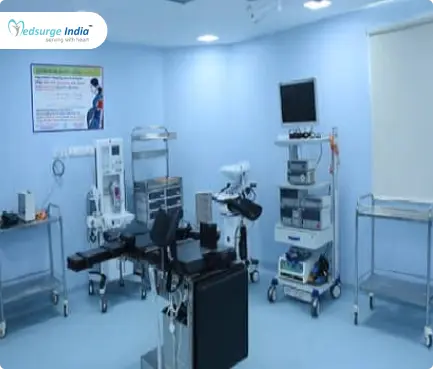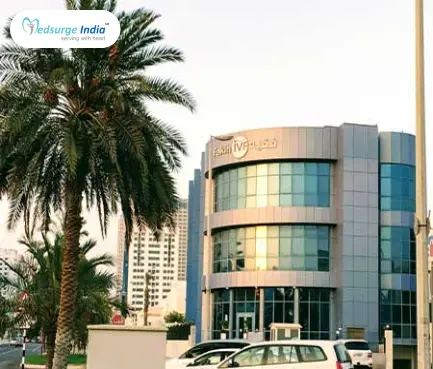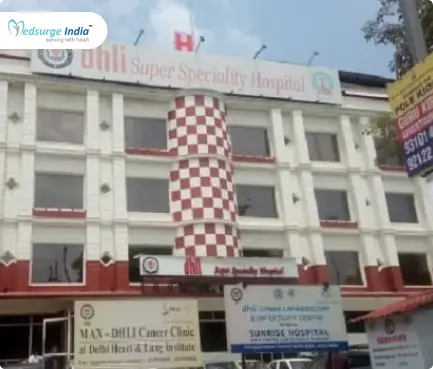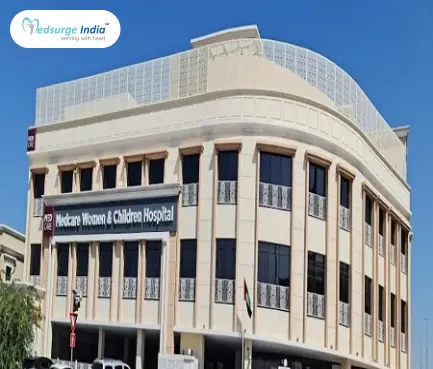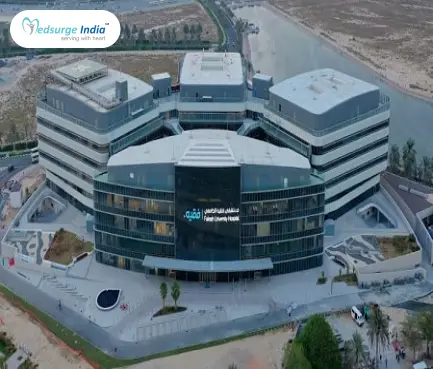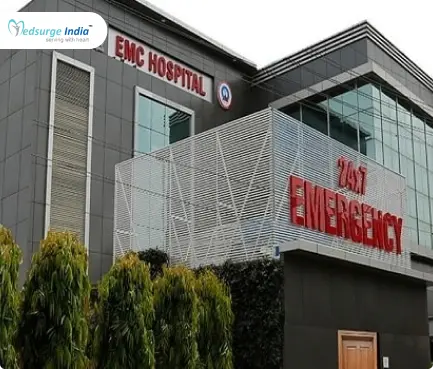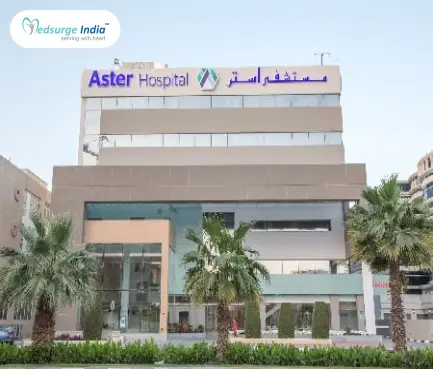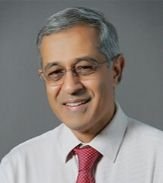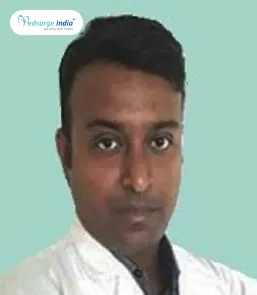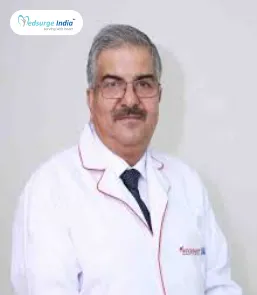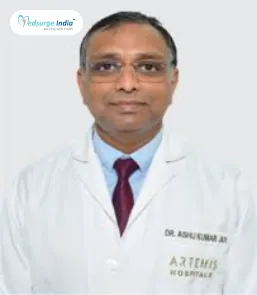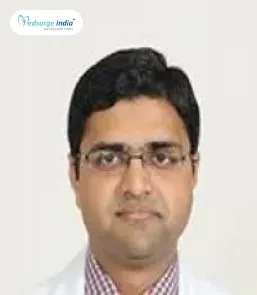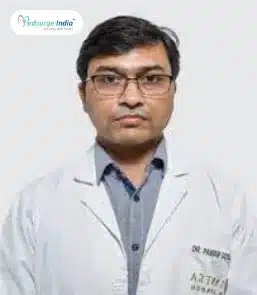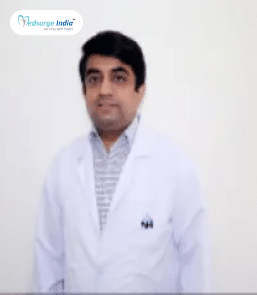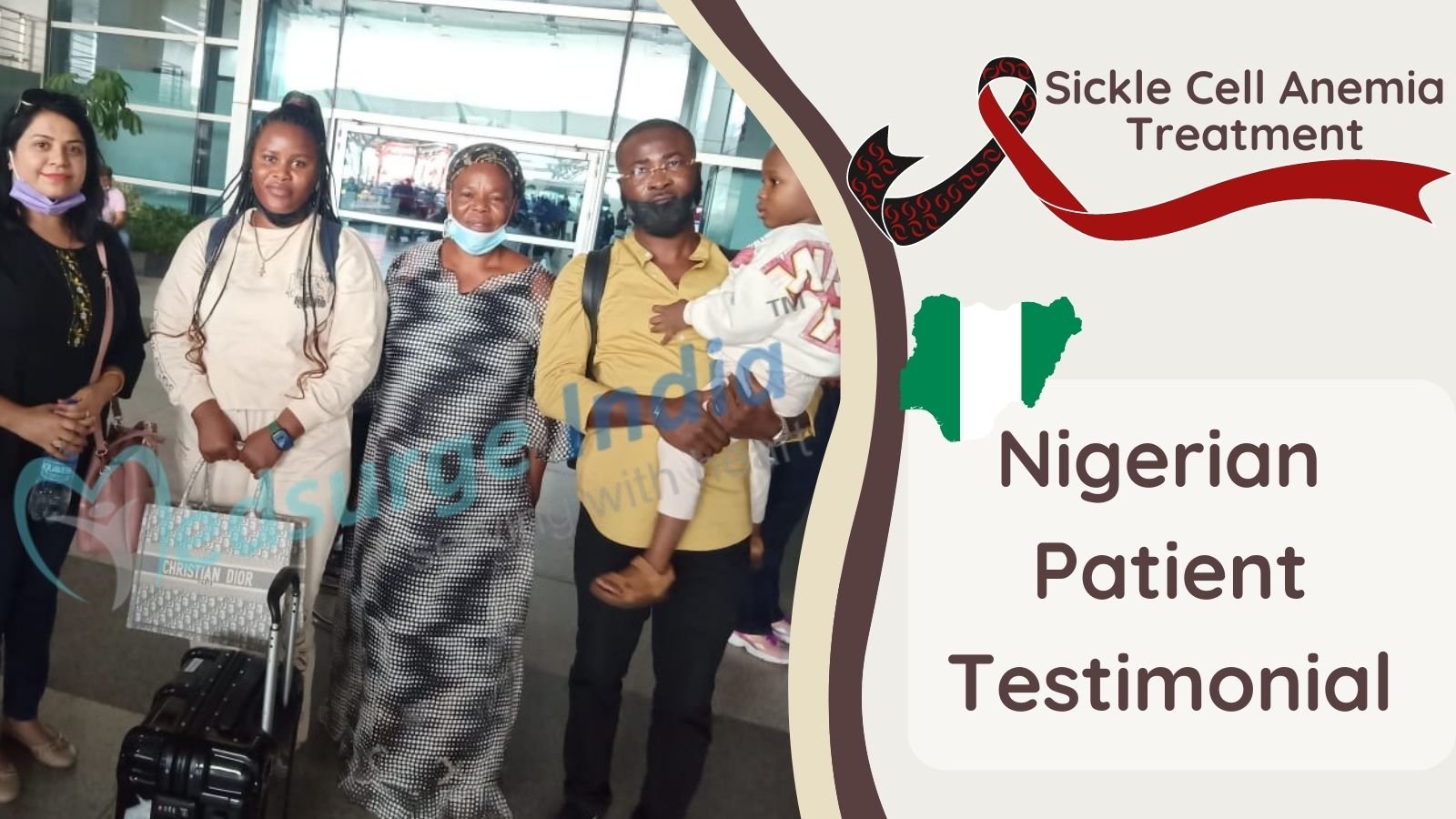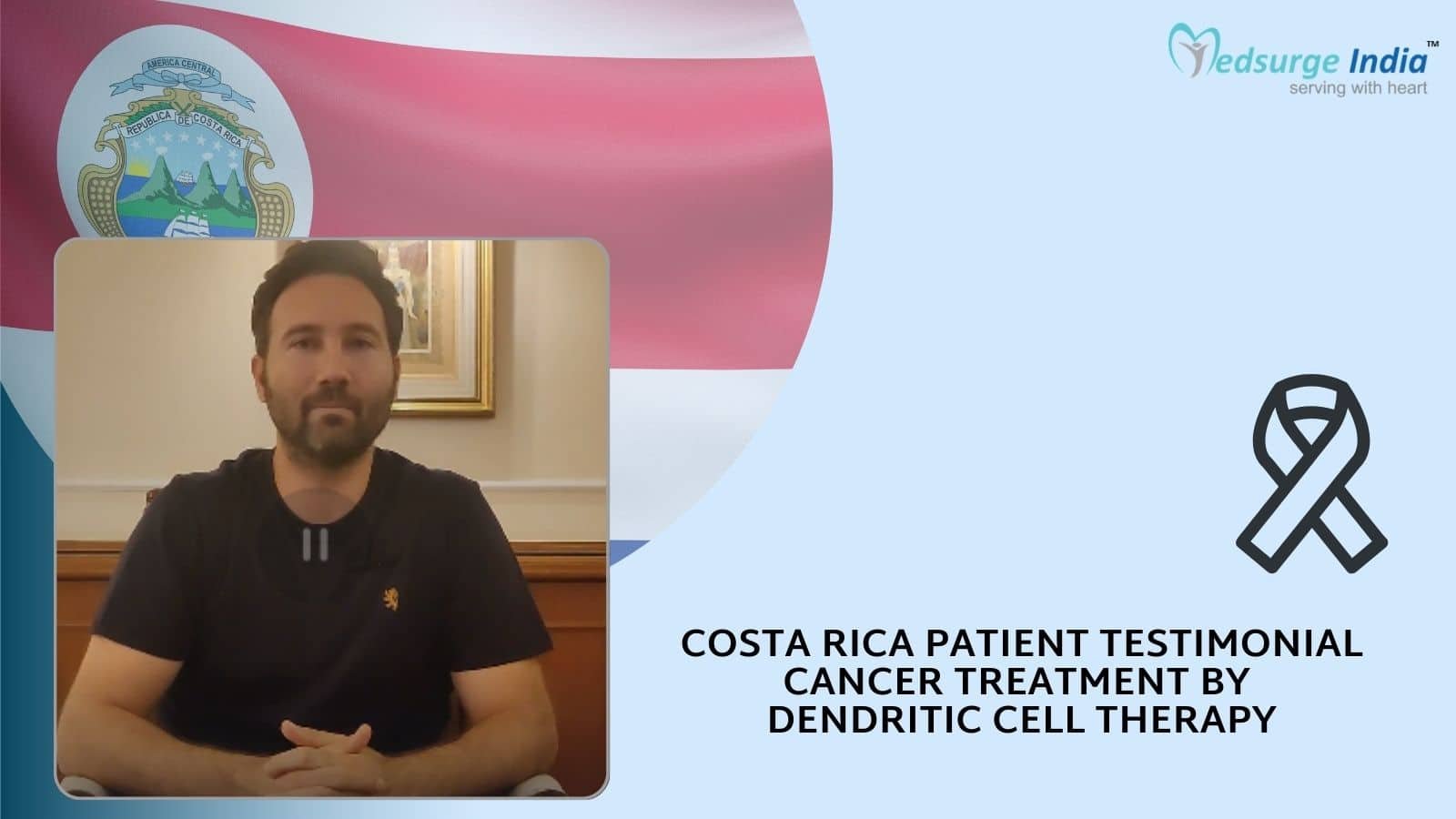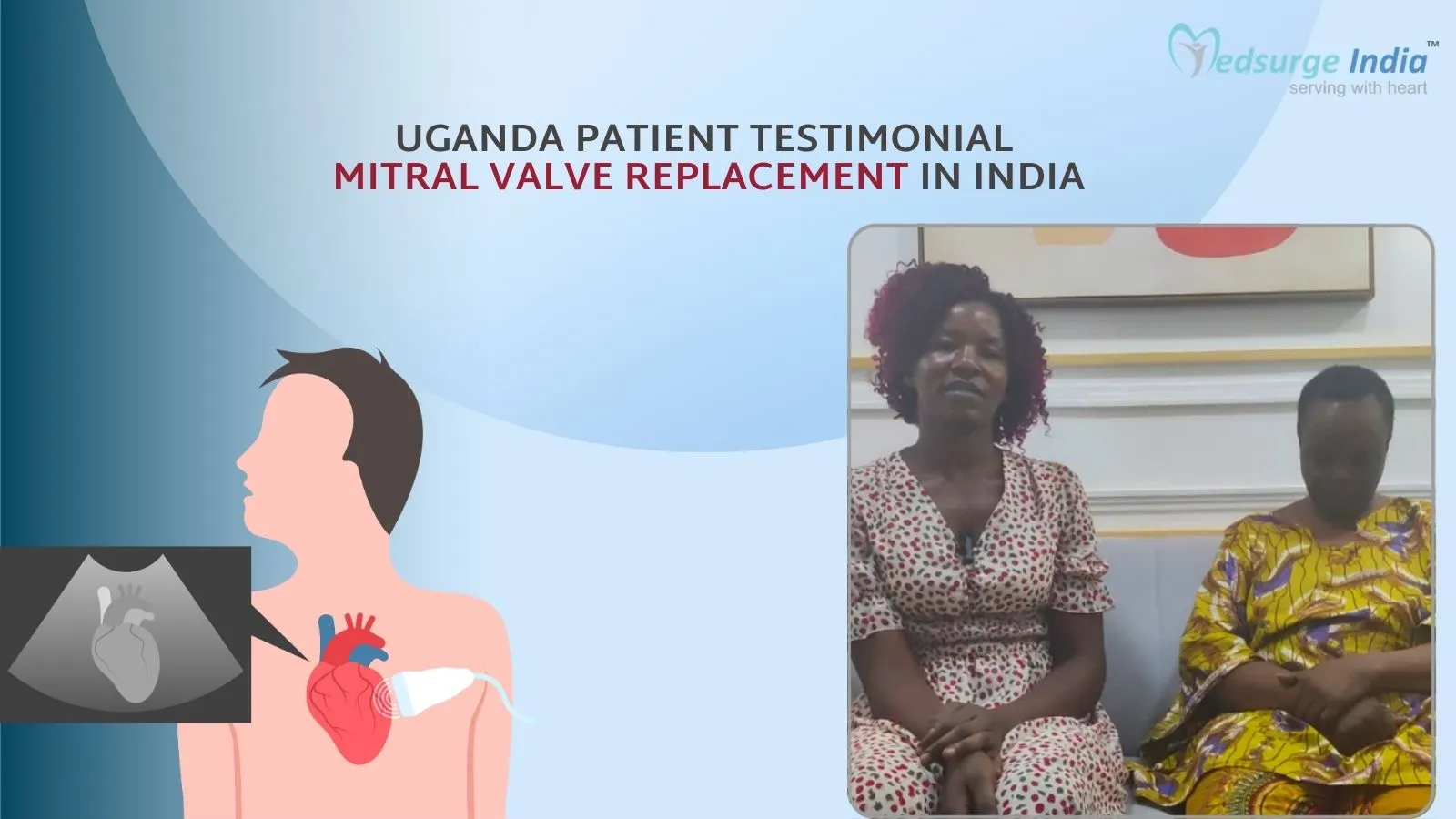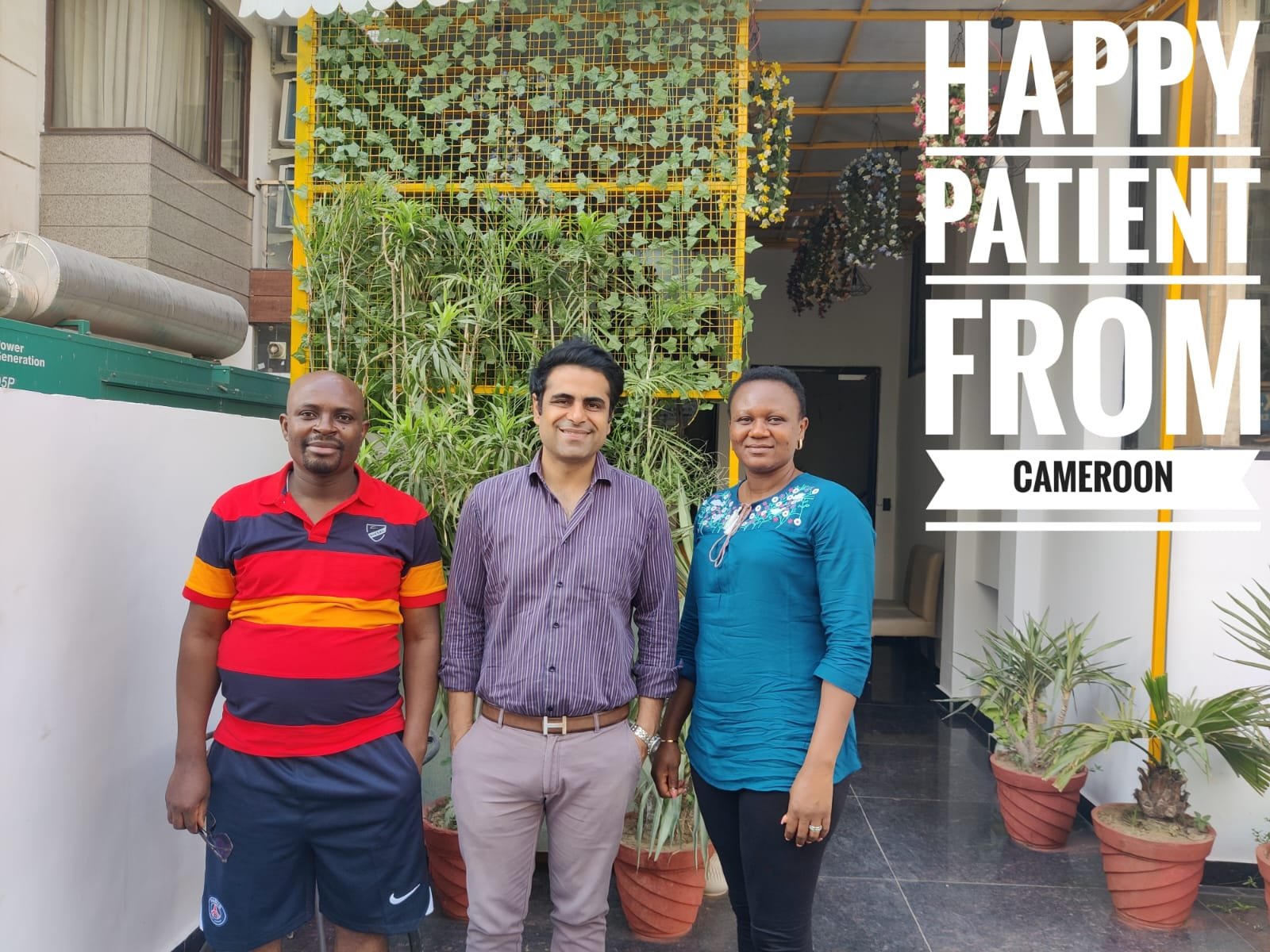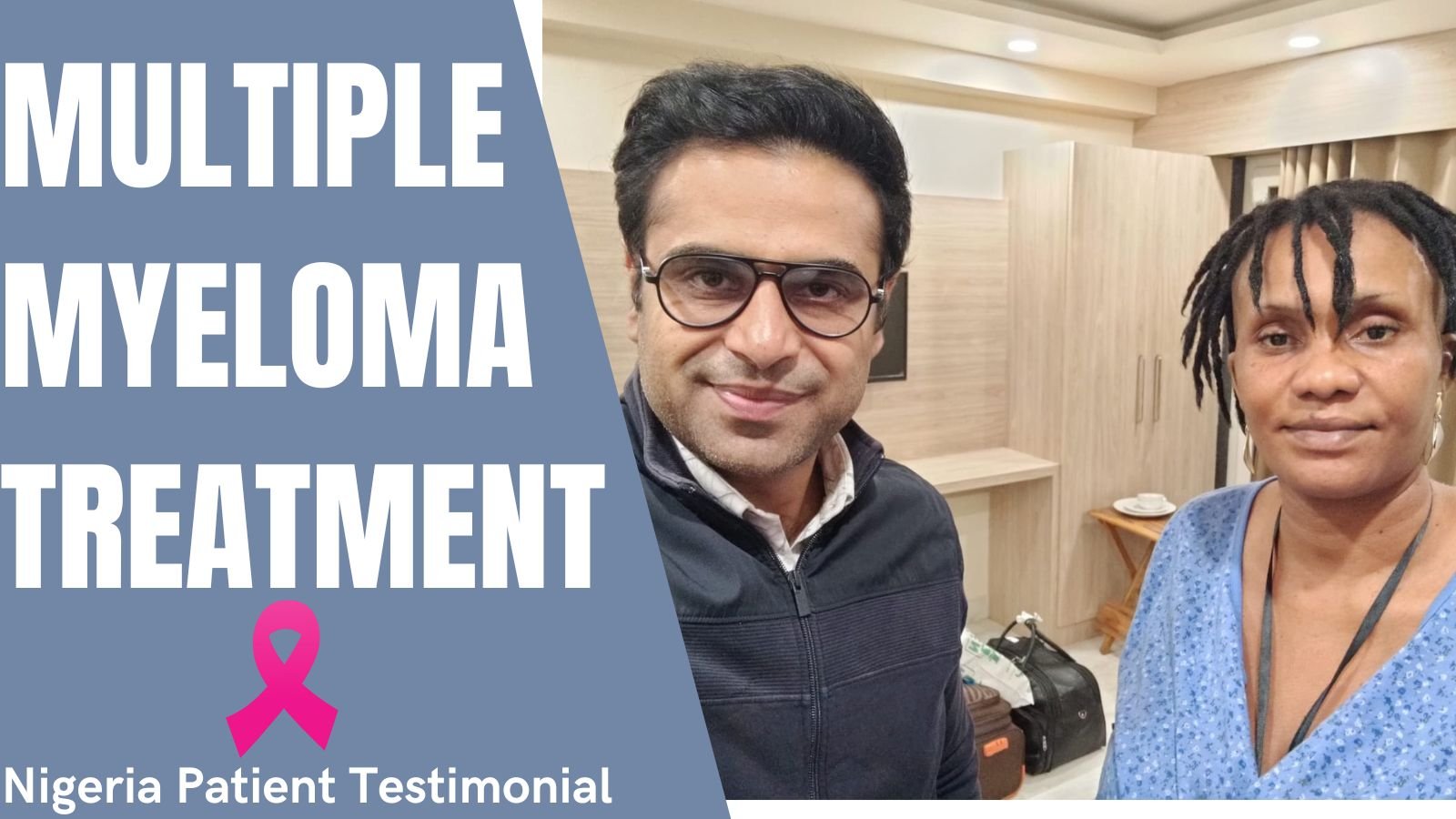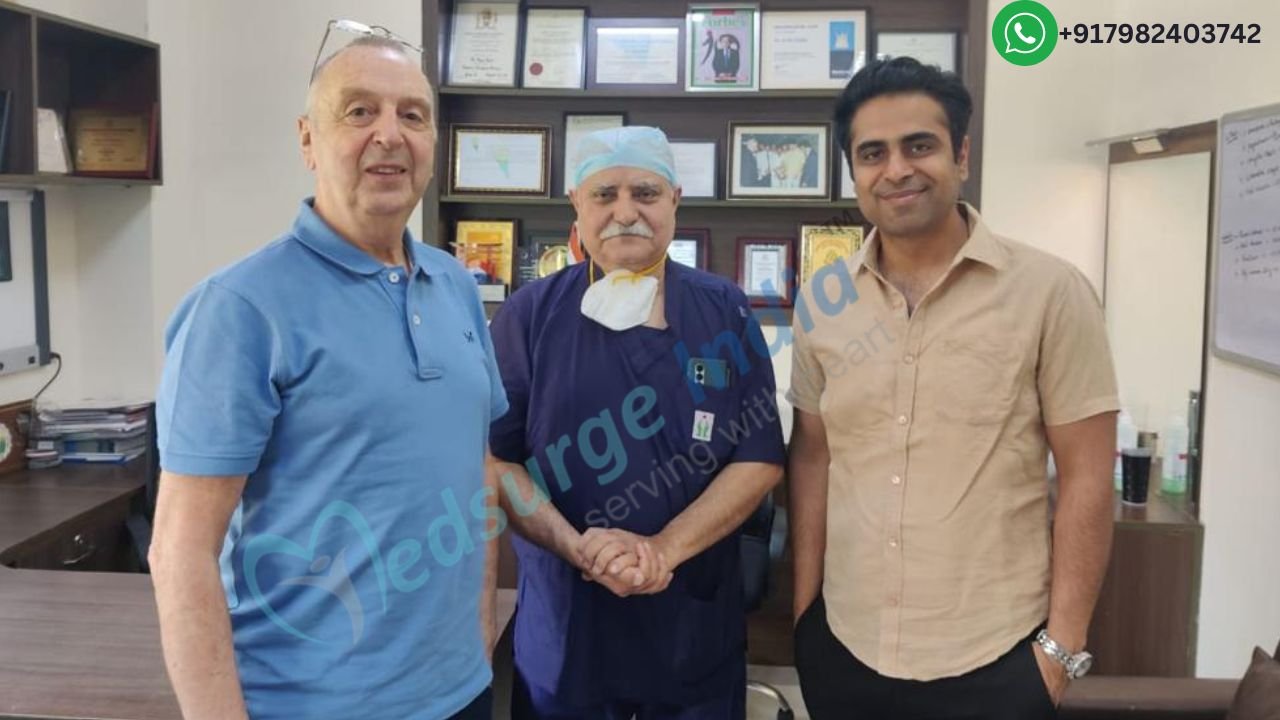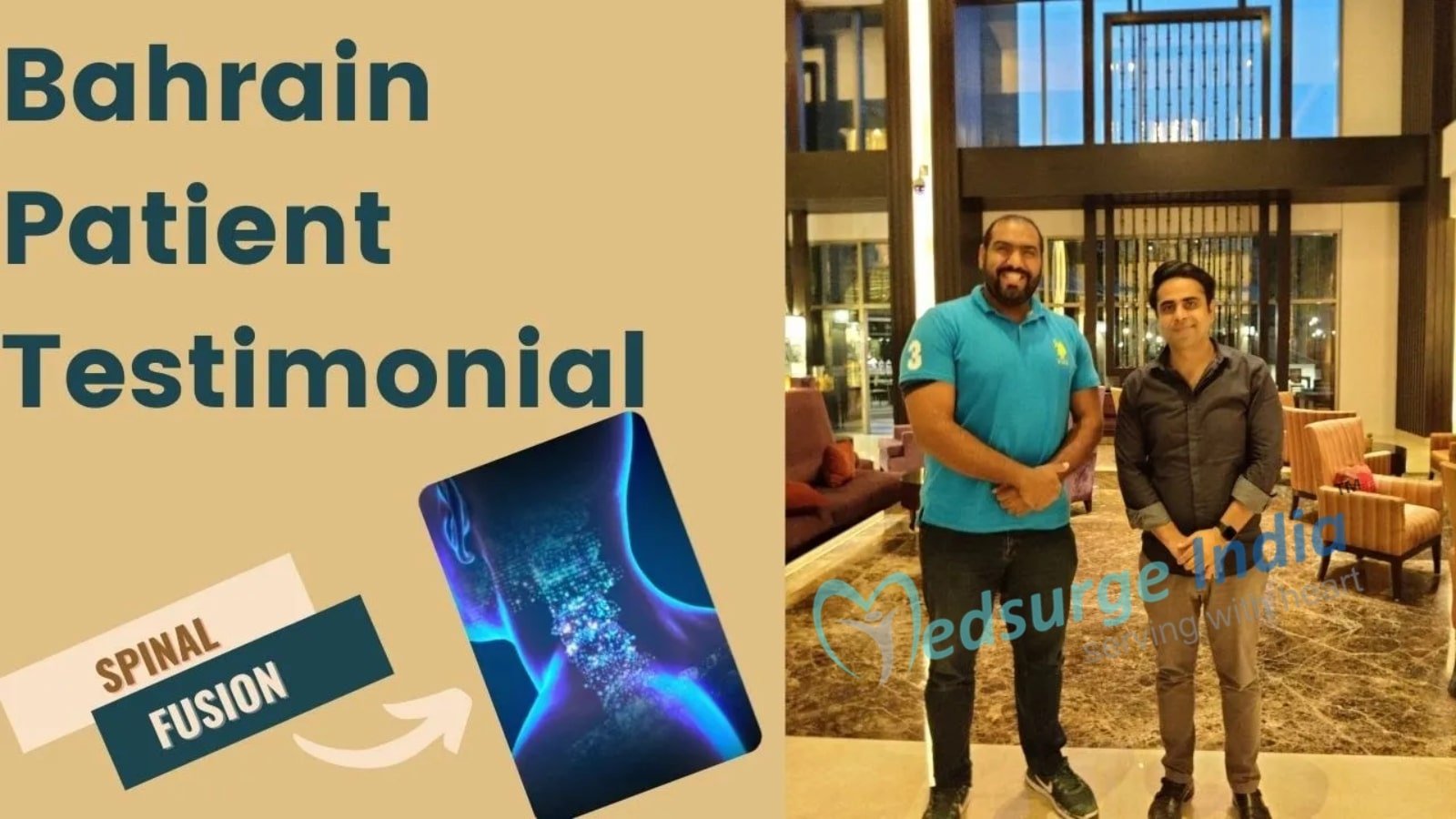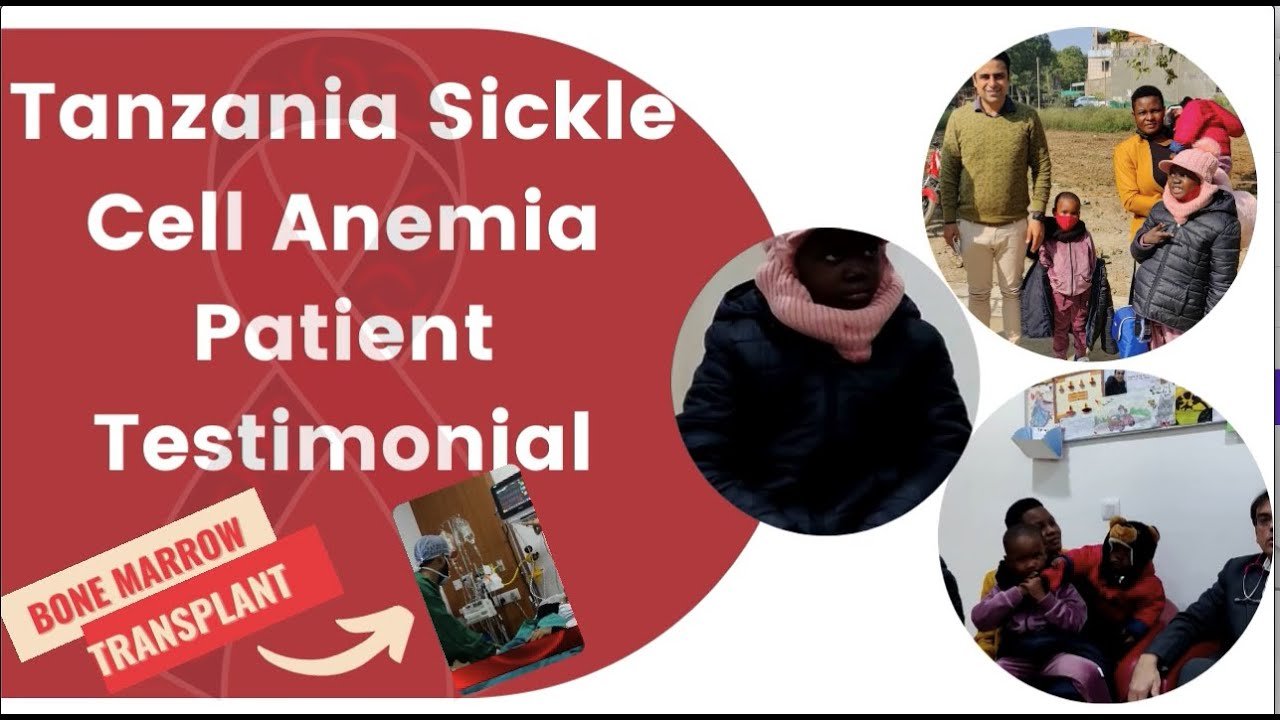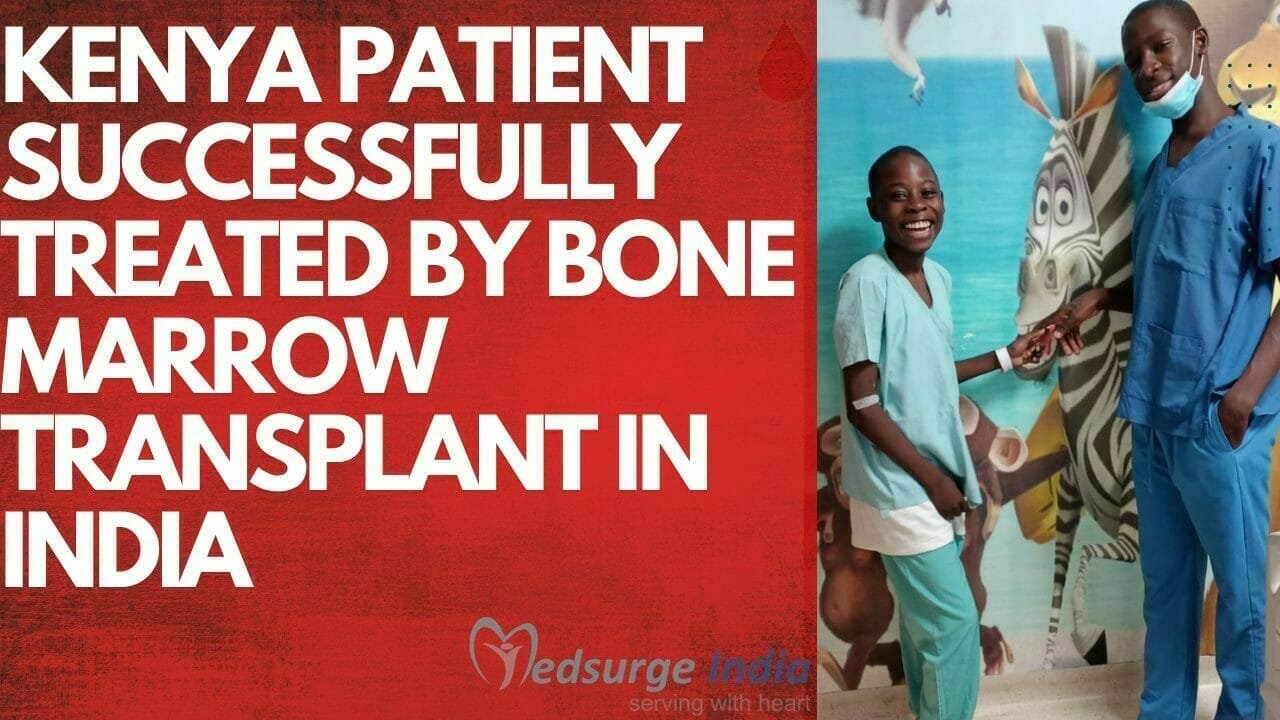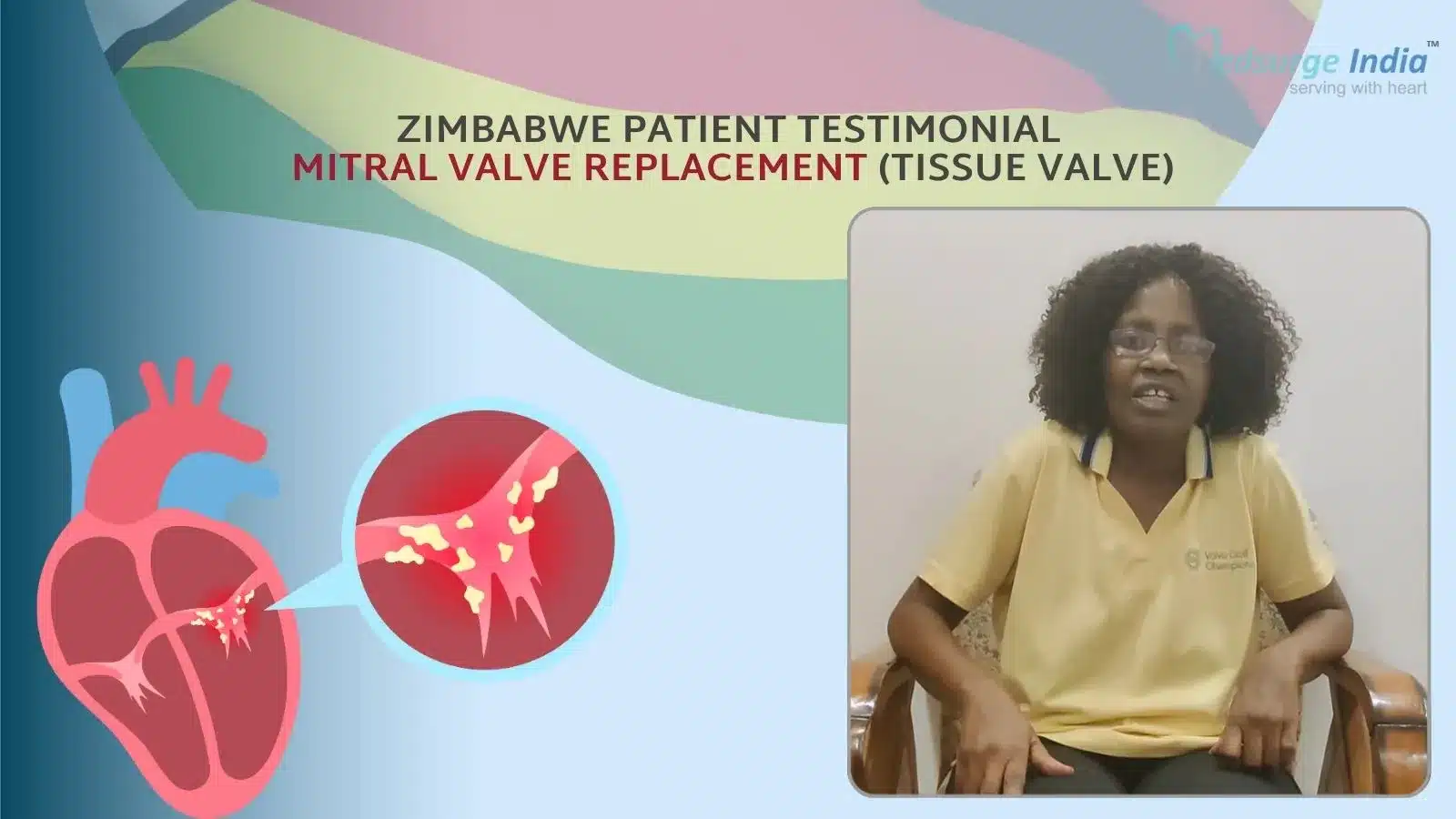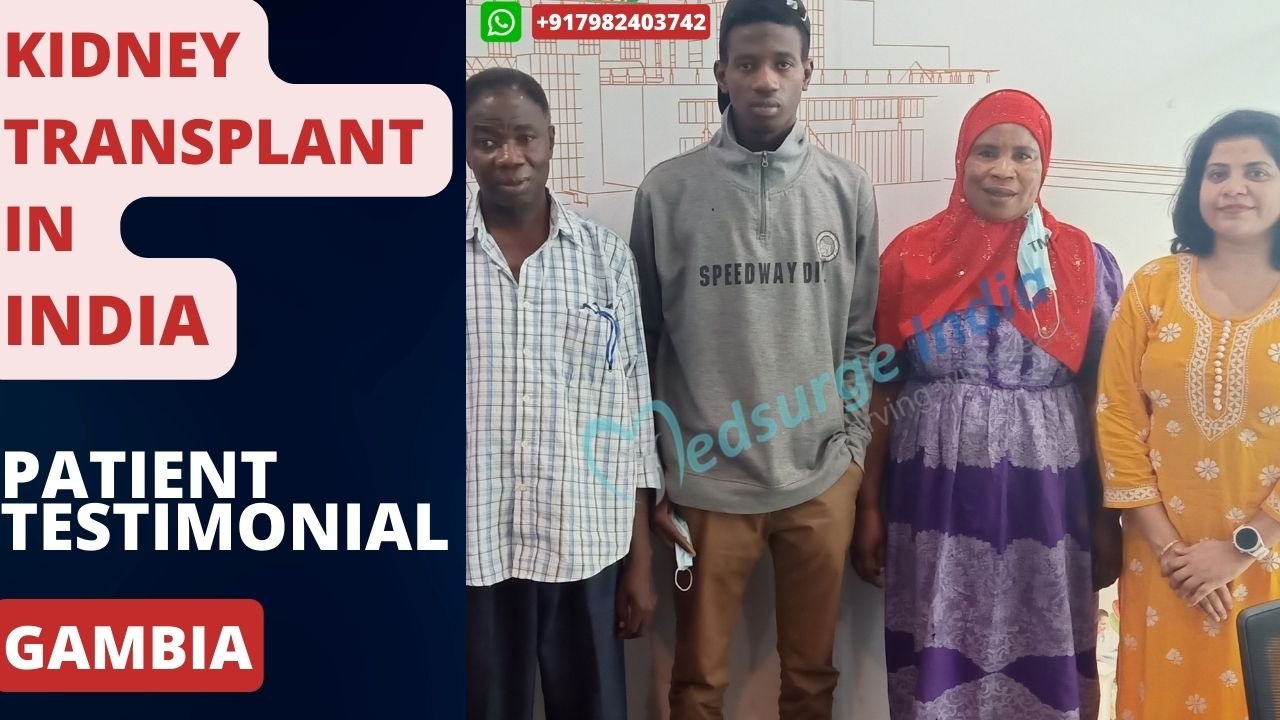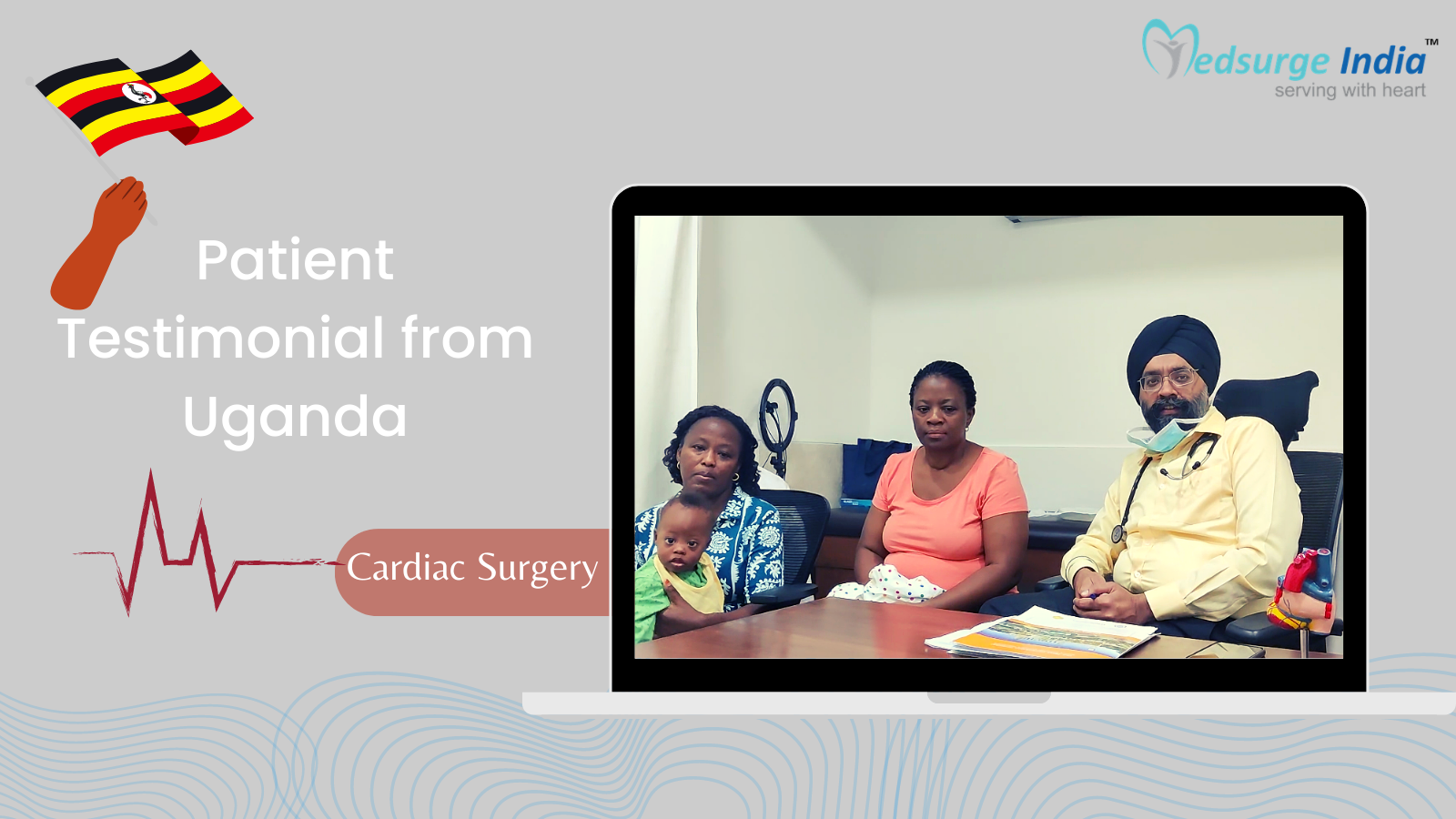
Neurofibromatosis is a genetic condition that results in the formation of tumors within nerve tissue. This type of tumor can develop in any part of the nervous system, including the brain, spinal cord, and peripheral nerves. Neurofibromatosis is most frequently detected in the early age of childhood or early adulthood. The tumors are normally noncancerous or benign, although they might become cancerous at any time (malignant). The symptoms are frequently modest. Hearing loss, learning impairment, heart and blood vessel or cardiovascular disorders, loss of sight, and extreme pain are all possible effects of neurofibromatosis. Neurofibromatosis treatment in India focuses on promoting healthy growth and development in children with the disorder, as well as reliability and competence of any difficulties that may arise. When neurofibromatosis causes large tumors or tumors that put pressure on a nerve, the symptoms can be alleviated by surgical excision of the tumor. Other treatments, such as stereotactic radiosurgery or pain medicines, may be beneficial to some patients.
The neurofibromatosis treatment cost in India starts from USD 3000. It can be achieved by surgery, radiotherapy, or chemotherapy. Neurofibromatosis treatment is available at reputable hospitals throughout India’s metropolitan cities and in comparison to other nations, the overall cost of treating this disease in India is lower.
What Is Neurofibromatosis?
Neurofibromatosis is a genetic condition that creates benign (non-cancerous) or malignant (cancerous) tumors on nerve tissues throughout the nervous system, including the brain, spinal cord, and nerves.
Abnormal increases in cell proliferation are the root cause of many diseases. As a result of this process, tumors appear all over the body. These tumors can grow on nerves, in particular, creating issues with the skin, bones, eyes, and other organs.
There are three types of neurofibromatosis:
- Neurofibromatosis 1 (NF1): It is caused by a mutation in the NF1 gene on chromosome 17, which results in the lack of neurofibromin and uncontrolled cell development.
- Neurofibromatosis 2 (NF2): It is caused by a mutation in the NF2 gene on chromosome 22, which results in merlin loss and uncontrolled cell proliferation.
- Schwannomatosis: Only two genes have been identified that cause this rare disorder.
Treatment for neurofibromatosis in India focuses on promoting healthy growth and development in children with the disorder, as well as early care of problems. Surgery can help people with neurofibromatosis who have big tumors or tumors that put pressure on a nerve. Other treatments, such as stereotactic radiosurgery or pain medicines, may be beneficial to some people. Children’s tumors can now be treated with new medicine, and other novel treatments are in the works.
What Are the Signs and Symptoms of Neurofibromatosis?
Neurofibromatosis is divided into three categories, each with its own set of signs and symptoms:
Neurofibromatosis 1 –
Neurofibromatosis type 1 (NF1) is most commonly diagnosed in children. Signs are frequently visible from birth or shortly thereafter, and almost usually by the age of ten. The signs and symptoms are usually mild to moderate, but the severity might vary.
The following are some of the signs and symptoms of NF1:
- Skin with flat, light brown patches
- Freckling in the genital area or armpits
- Little bumps on the eye’s iris.
- Soft, pea-sized lumps on or beneath the skin
- Deformities of the bones
- Tumor on the optic nerve
- Disabilities in learning
- Head size that is larger than average
- Small stature
Neurofibromatosis 2 –
Neurofibromatosis type 2 (NF2) is substantially less prevalent than neurofibromatosis type 1. The development of benign, slow-growing tumors in both ears (acoustic neuromas), which can cause hearing loss, is frequently the source of NF2 signs and symptoms. These tumors, also known as vestibular schwannomas, develop on the nerve that transmits sound and balance information from the inner ear to the brain.
The signs and symptoms usually occur in the teenage years, and they can be mild or severe. The following are examples of signs and symptoms of neurofibromatosis 2:
- Gradual loss of hearing
- The ears are ringing.
- Uneven balance
- Headaches
Other nerves, such as the cranial, spinal, visual (optic), and peripheral nerves, can sometimes develop schwannomas as a result of NF2. Other benign tumors can develop in people with NF2.
These tumors can cause the following signs and symptoms:
- Numbness and weakness in the arms or legs
- Pain
- Balance difficulties
- Facial drop
- Vision problems or cataracts
- Seizures
- Headache
Schwannomatosis-
Neurofibromatosis is a rare type of neurofibromatosis that mainly strikes persons when they reach the age of 20. Between the ages of 25 and 30, symptoms begin to show. Schwannomatosis causes tumors to form on the cranial, spinal, and peripheral nerves, but not on the nerve that transmits sound and balance information from the inner ear to the brain. Because tumors usually form on both hearing nerves, patients with schwannomatosis do not have the same hearing loss as those with NF2.
The following are some of the signs and symptoms of schwannomatosis:
- Chronic pain can affect any part of the body and can be debilitating.
- Numbness or weakness in various bodily areas
- Muscle atrophy
What are the Causes of Neurofibromatosis?
Neurofibromatosis is generally an autosomal dominant hereditary condition. This means that only one copy of a mutant gene is required to cause the disease, and patients’ children have a 50:50 chance of acquiring it.
In up to 50% of cases, neurofibromatosis is caused by a spontaneous mutation (change). The change in genes can be transmitted down to the following generation once it occurs.
Risk factors: A family history of neurofibromatosis is the most significant risk factor for the disease. About half of those with NF1 and NF2 got the condition from a parent who had it. People with NF1 and NF2 who have no affected relatives are likely to have a novel gene mutation.
Neurofibromatosis Treatment Cost in India
Neurofibromatosis Treatment Cost in India on an average starts from Rs 30,000 ( 360 USD). Depending on a number of variables, neurofibromatosis treatment varies in cost among hospitals and clinics. But, when compared to other countries the prices are much lower, not only that India is also home to the best doctors in every field.
Neurofibromatosis Treatment Cost in Different Cities in India:
| Cities | Starting Price |
|---|---|
| Delhi | Rs 35,000 (420 USD) |
| Gurgaon | Rs 30,000 ( 360 USD) |
| Noida | Rs 25,000 ( 300 USD) |
| Mumbai | Rs 35,000 (420 USD) |
| Hyderabad | Rs 25,000 ( 300 USD) |
| Chennai | Rs 30,000 ( 360 USD) |
| Kolkata | Rs 30,000 ( 360 USD) |
| Bangalore | Rs 35,000 (420 USD) |
Note: Please be aware that the costs listed are only an indication of what the treatment will cost initially and may change depending on a number of variables.
Factors That Can Affect Acute Neurofibromatosis Treatment Cost in India
The standard and excellence of medical treatment and amenities are comparable to those of the most prominent healthcare facilities in the world, even after deducting the cost of lodging, meals, and transportation. Following here are some variables that can affect Neurofibromatosis Treatment Cost in India:
- Medication costs.
- Duration of treatment.
- Geographical location.
- Hospitalization expenses.
- Government policies and subsidies.
- Medical tourism packages.
- Hospital reputation and infrastructure.
- The expertise and experience of medical professionals.
- The type and frequency of diagnostic procedures.
- The choice of treatment modality.
The most affordable Neurofibromatosis Treatment Cost in India is offered to patients worldwide by Medsurge India, under the supervision of highly qualified medical professionals.
How the Diagnosis of Neurofibromatosis Is Done?
Your doctor will begin with a physical examination and a review of your personal and family medical history. Your doctor will look for brown patches on your skin, which can aid in the diagnosis of NF1.
If your doctor believes more tests are needed to diagnose NF1, NF2, or schwannomatosis, he or she may suggest:
- Examination of eyes: Cataract and vision loss.
- Balance and hearing exams: Audiometry is a test that evaluates hearing, and electrophysiology is a test that records your eye movements using electrodes (electronystagmography).
- Imaging Tests: X-rays, CT scans, and MRIs.
- Genetic tests: NF1 and NF2 tests are available and can be done throughout pregnancy before the baby is born. Inquire with your doctor about genetic counseling.
At least two symptoms of NF1 must be present in order to be diagnosed. If your child has only one symptom and no family history of NF1, your doctor will most likely keep an eye on him or her for any additional symptoms. NF1 is commonly diagnosed by the age of four.
Get Free Cost Estimation
Procedure
How is Neurofibromatosis type 1 (NF1) managed?
NF1 cannot be cured at this time. Symptoms, on the other hand, can be tracked and treated. Because people’s symptoms vary, their management and treatments may also change.
- If you have NF1, you should get at least one annual medical checkup and an ophthalmologic (eye) examination. Additionally, your blood pressure should be checked at least once a year to determine if the renal (kidney) arteries are narrowing.
- Neurofibromas can cause deformities that can be removed through surgery.
- Learning difficulties and ADHD are treated with the cholesterol medication lovastatin.
- If you have NF1, psychological and social support, as well as genetic counseling, may be beneficial.
How Are Tumors Caused by Neurofibromatosis Type 1 (Nf1) Treated?
Because normal genes that control cell growth are disrupted in neurofibromatosis type 1, tumors of the skin, internal organs, and nerves develop. The following procedures are used for the treatment of neurofibromatosis treatment in India:
- Dermal Neurofibromas
- Plexiform Neurofibromas
- Malignant peripheral nerve sheath tumors (MPNST)
- Gastrointestinal stromal tumors (GIST)
- Optic Nerve glioma and astrocytoma
Role of Medication
- Selumetinib (Koselugo) is a medication for children with plexiform neurofibroma. Similar medications are currently undergoing clinical studies in both children and adults.
- Gabapentin (Neurontin, Gralise, Horizant) and pregabalin are nerve pain medications (Lyrica)
- Amitriptyline and other tricyclic antidepressants
- Duloxetine and other serotonin and norepinephrine reuptake inhibitors (Cymbalta, Drizalma Sprinkle)
- Carbamazepine (Topamax, Qudexy XR, Trokendi XR) and topiramate (Topamax, Qudexy XR, Trokendi XR) are two epilepsy medicines (Carbatrol, Tegretol, others)
Conclusion
- You should be able to have a healthy pregnancy if you become pregnant while living with NF1.
- Hormone changes, on the other hand, may induce a rise in the number of neurofibromas. Make sure you are seeing an obstetrician who is familiar with NF1 or chat with your NF1 expert.
- Taking care of a child with a chronic disease like neurofibromatosis can be difficult. Many children with neurofibromatosis, on the other hand, go on to lead healthy lives with little, if any, difficulties.
To assist you in coping:
- Find a reliable primary care physician who can coordinate your child’s care with other experts. The Children’s Tumor Foundation has an online tool that might assist you in locating a neurofibromatosis specialist in your area.
- Join a support group for parents of children with neurofibromatosis, attention deficit hyperactivity disorder (ADHD), special needs, or chronic diseases in general.
- Accept assistance with daily tasks such as cooking, cleaning, and caring for your other children, or simply take a break.
The Most Important Frequently Asked Questions
Q: Is It Possible to Live with Neurofibromatosis?
A: The life expectancy of patients with NF is almost normal if there are no problems. People with NF can live a normal life with the correct education. NF1 is a known cause of attention deficit hyperactivity disorder, despite the fact that mental damage is usually minor. Learning difficulties are a widespread issue.
Q: What Is the Best Way to Stop Neurofibromas from Spreading?
A: There is no treatment that will stop neurofibromas from spreading and there’s nothing you can do to encourage the growth of more neurofibromas. During hormonal changes such as puberty (which you can’t avoid) and pregnancy, neurofibromas frequently form or grow in size.
Q: Is It Possible to Get Rid of Neurofibromas?
A: Neurofibromas can be removed in a variety of ways. It is usually determined by the tumor’s nature, location, and size, as well as the surgeon’s preference and experience. A neurofibroma is usually “excised,” or “cut out,” with a scalpel or other techniques, or “destroyed” with electrosurgery.
Q: What Is the Best Way to Get Rid of NF1 Bumps?
A: Neurofibromatosis and schwannomatosis have no recognized treatment or cure. Pain can be alleviated with the use of medication. Growths can be surgically removed or decreased using radiation therapy in some circumstances.
Q: Is NF1 Capable of Causing Blindness?
A: In about 20% of patients with NF1, the optic nerve might develop a benign tumor termed a glioma . Vision difficulties particularly diminished central vision and peripheral visual field deficits may be caused by this malignancy.
Top Hospitals for Neurofibromatosis Treatment in India
Top Doctors for Neurology And Neurosurgery
Dr. Roopesh Kumar
Consultant
Experience: 13 years of experience
Apollo Proton Cancer Centre, Chennai
Chennai, India
Dr. Dilip Panekar
Senior Consultant , MBBS, MS, MCh
Experience: 27 years of experience
Kolkata, India
Dr. Rahul Handa
Consultant
Experience: 9 years of experience
BLK Super Speciality Hospital, New Delhi
New Delhi, India
Dr. Usha Kant Misra
Head of Department
Experience: 35 years of experience
Apollo Medics Super Speciality Hospital, Lucknow
Lucknow, India
Dr. Rajeev Goyal
Consultant
Experience: 16 years of experience
Medanta – The Medicity, Gurgaon
Gurgaon, India
Dr. Ratnadip Bose
Consultant
Experience: 12 years of experience
Medanta – The Medicity, Gurgaon
Gurgaon, India
Dr. Amar B R
Consultant
Experience: 15 years of experience
Apollo Speciality Hospital, Jayanagar
Bangalore, India
Dr. Kamal Kumar Nagar
Senior Consultant
Experience: 15+ years of experience
Narayana Multispeciality Hospital, Rakhial, Ahmedabad
Ahmedabad, India
Dr. Rajasekhar Reddy K
Consultant , MBBS, MS, MCh
Experience: 25 years of experience
Continental Hospitals, Hyderabad
Hyderabad, India
Dr. Vinod Rambal
Consultant
Experience: 41 years of experience
Wockhardt Super Speciality Hospital, Mira Road
Mumbai, India
Dr. Hemant Bhartiya
Director
Experience: 34 years of experience
Fortis Escorts Hospital Jaipur
Jaipur, India
Dr. Anil Kumar M S
Senior Consultant
Experience: 15+ years of experience
Sahyadri Narayana Multispeciality Hospital, Harakere, Shimoga
Shimoga, India
Dr. Ankush Sharma
Senior Consultant
Experience: 5+ years of experience
Shri Mata Vaishno Devi Narayana Multispeciality Clinic, Jammu
Jammu, India
Dr. Mohit Bhatt
Director , DM, MD, MBBS
Experience: 33 years of experience
Kokilaben Dhirubhai Ambani Hospital, Mumbai
Mumbai, India

